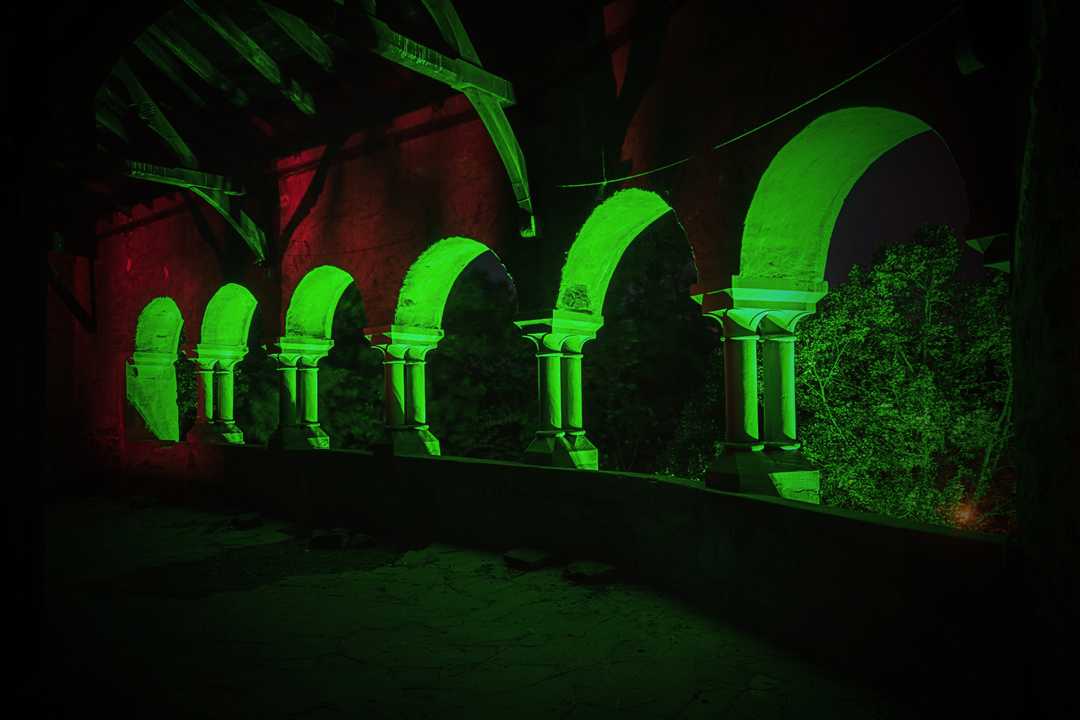Schloss Burg seen in a new light with GLP
- Details

After a planning period of almost a year, Burg Castle became the scene of the Castle Illumination for the first time this October - and despite, or perhaps because of, the current coronavirus situation, the event was a complete success.
"In the course of the year we had to reschedule several times and, at some point, threw the entire concept overboard," stated Uli Hoppert from Siren, the technical service provider for the event. “We said goodbye to the original idea of not only livening up the castle with a light installation but also with real actors at the beginning of the coronavirus crisis,” he recalls. “The upcoming renovation work also repeatedly thwarted our plans. Medieval castles were simply not planned for a modern event such as this. Narrow corridors, steep slopes, and the extensive protection of historical monuments demanded a lot of inventiveness from my team.”
A colourful and quite unusual mixture of spotlights and lamps were used. “With the exception of the battlements and some interior rooms, only IP65-rated fixtures were deployed,” continued Hoppert, “as the devices had to withstand the Bergisch weather for around six weeks from the start of construction to the end of dismantling. There were also large areas outside the castle where everything had to be kept practically unprotected from theft and vandalism for several weeks."
Within the walls, the selection very quickly came down to a total of eight Fusion Supernova from GLP. These were used in the Brunnenhof and on the north terrace. “Just set it up, switch it on, and forget it...” was Uli Hoppert's conclusion.
Another eight Supernovas made further eye-catchers, making the 40m-high keep and the pillory in front of it visible from afar, both bathed in magical light. However, these were not easy to install, because the keep rests on a rock ledge that had to be climbed in order to transport the fixtures to the intended location. However, the effort was absolutely worthwhile, because the towering façade shone seamlessly in the evening hours, glistening in the light of the Supernova.
The floodlights around the keep were flanked by GLP impression E350 moving lights on the corners of the walls.
The impression E350s were also used for special tasks elsewhere.
For the coat of arms of the Lord of the Castle, an impression E350 provided another eye-catcher. Specially made by the Gobocompany in Nettetal, the Bergische Löwe was projected as a four-color gobo onto a roof opposite - at a distance of around 15m, and in a format of around 6m x 6m.
"Next year will hopefully be without coronavirus, but it will definitely be with GLP and my team," confirmed Hoppert. “I would like to thank Julian de Windt and Reinold Melles for the DMX infrastructure and programming, Thomas Raatz for the critical eye on the colours, and Florian Thomas and the company Tractive Power for around 17km of signal and power cables in every corner of the castle. Plus, of course, the Schlossbauverein and the employees at Schloss Burg.”
















